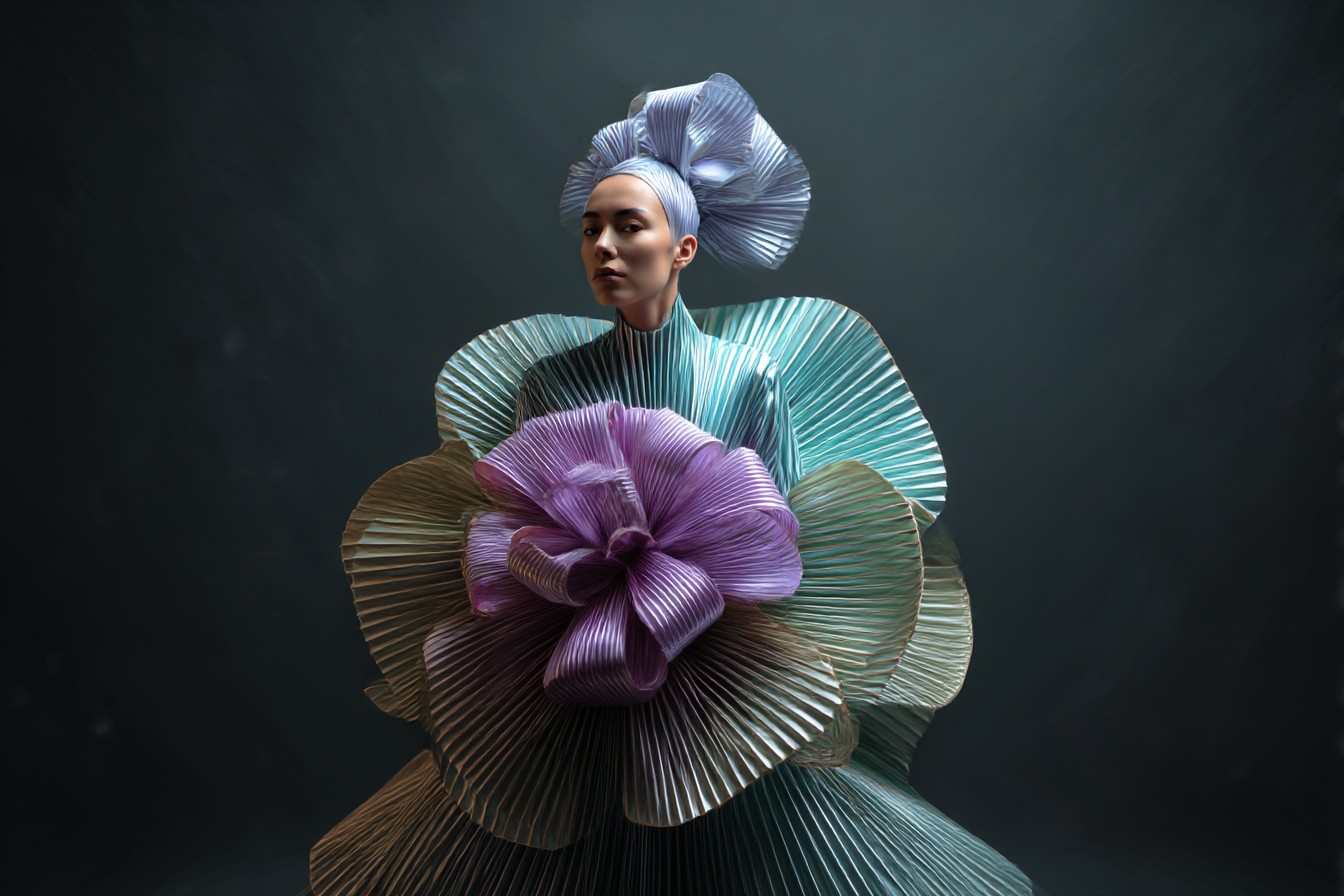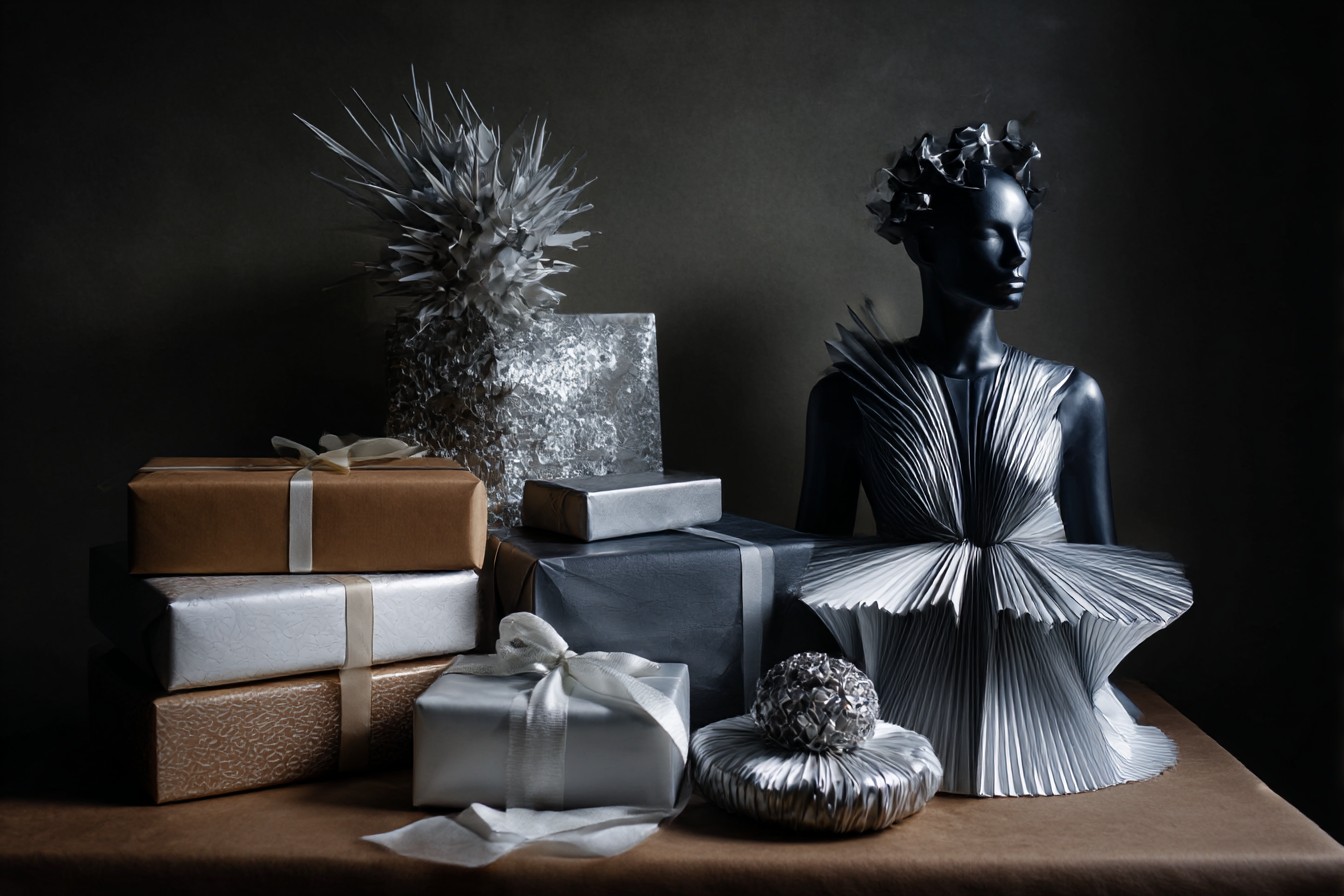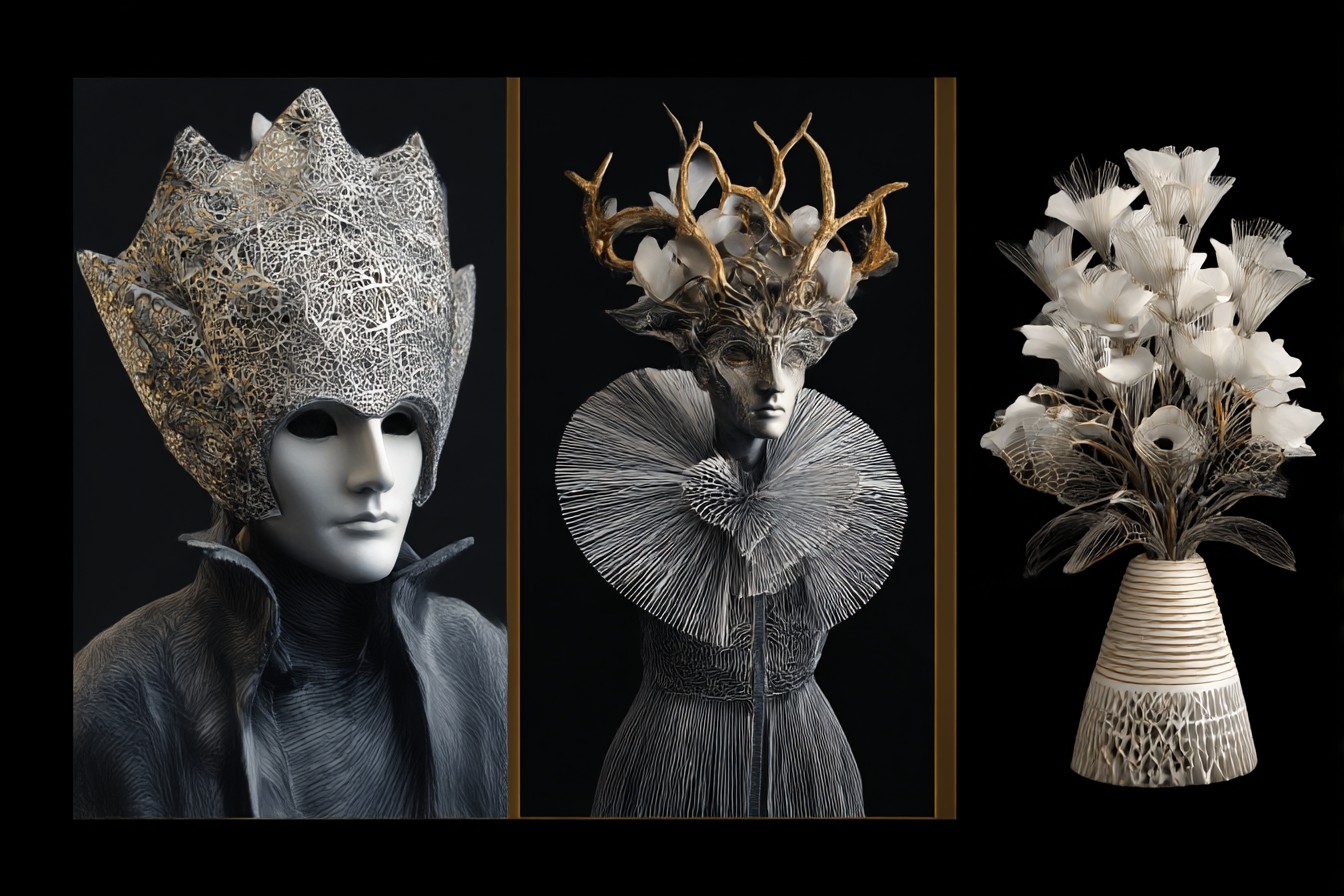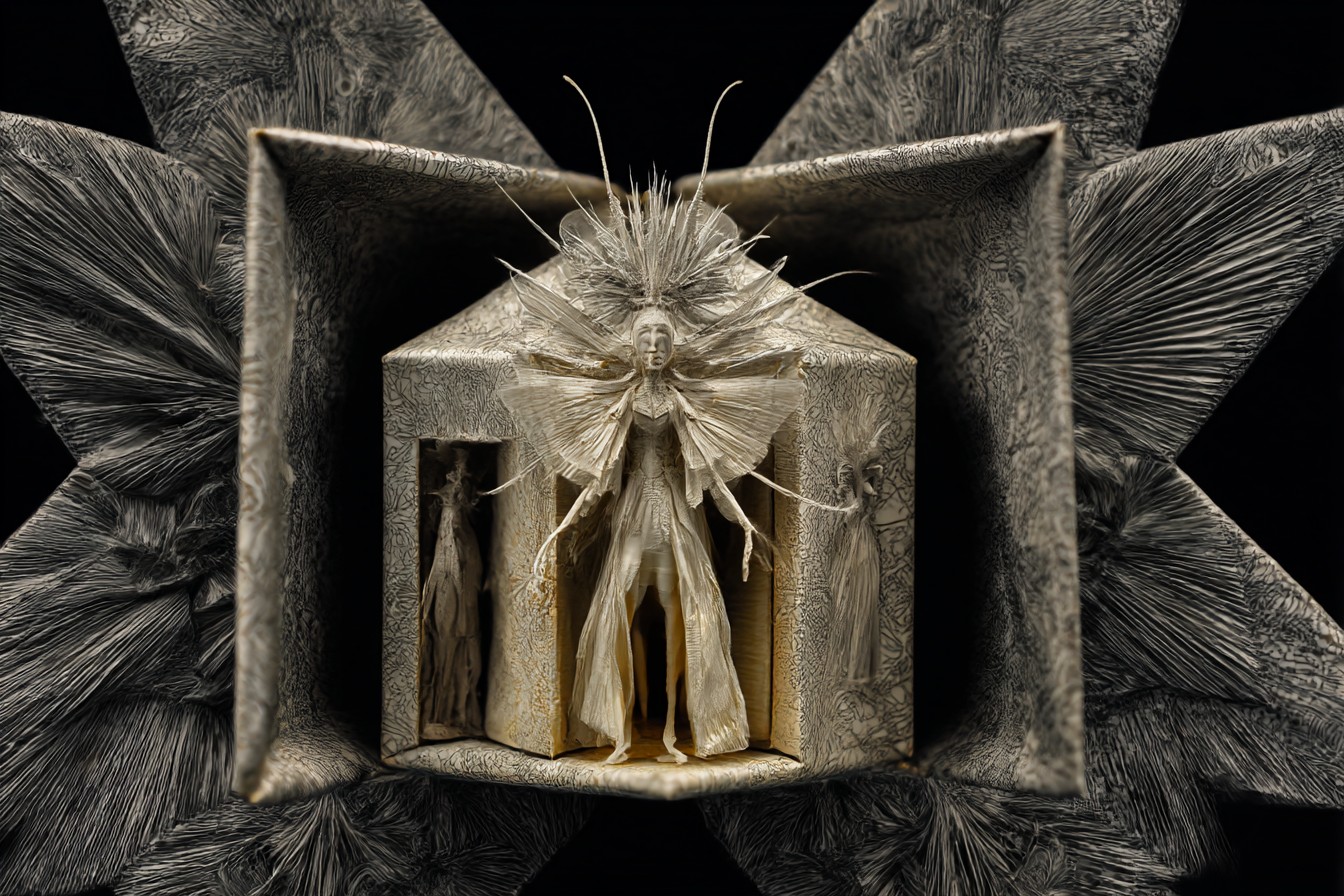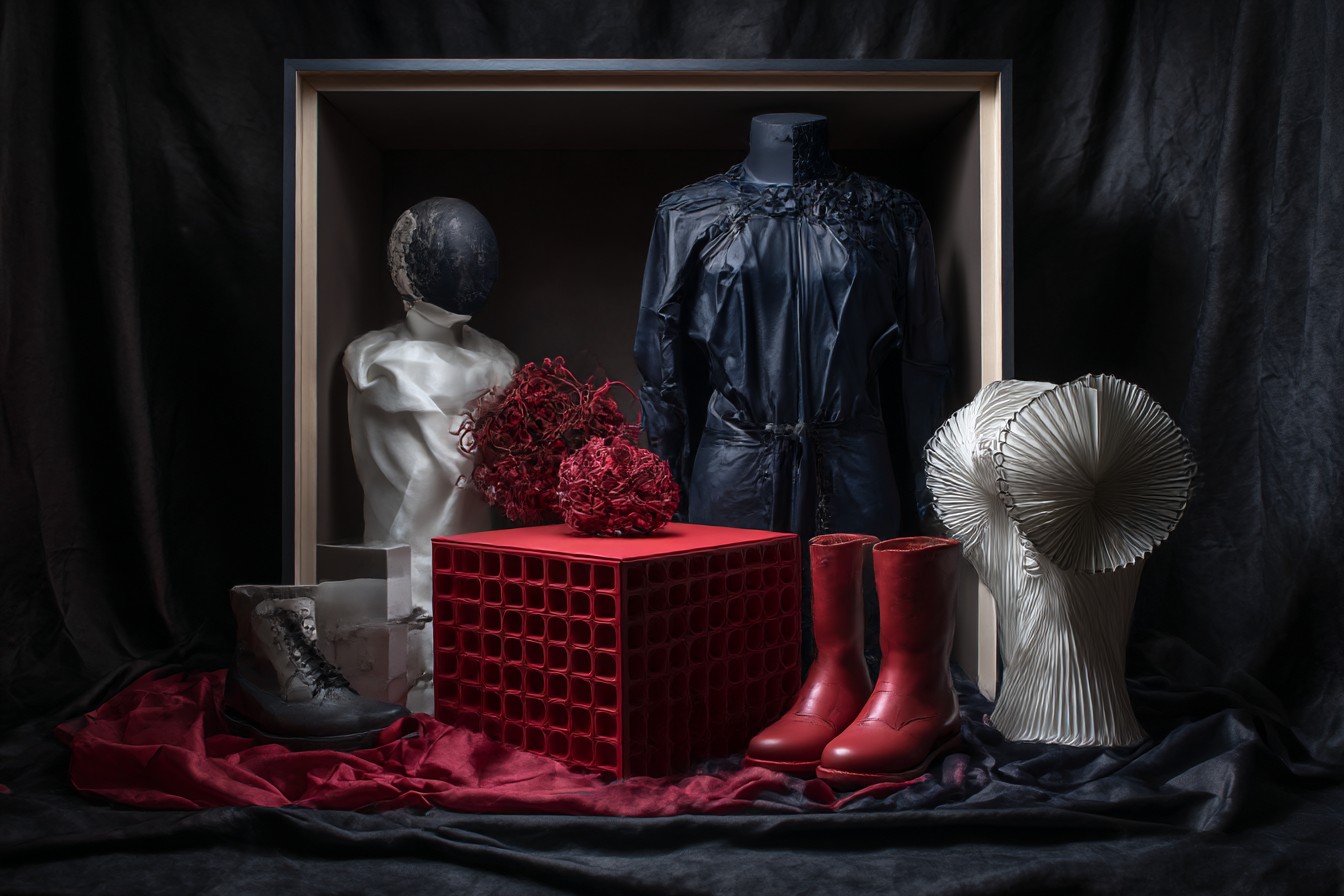I was sixteen when my grandma Rose was diagnosed with stage 3 ovarian cancer. The entire family was devastated, but no one knew quite how to talk about it. Death and serious illness weren’t exactly common dinner table conversations in our household.
One afternoon, about two weeks after her diagnosis, I was wandering through a little bookshop downtown when I spotted this beautiful journal bound in soft green leather—Grandma’s favorite color. Without overthinking it, I bought the journal and a set of nice pens. That night, I wrote a letter on the first page telling her how much I loved her and that I thought maybe this could be a place for her to write down her thoughts, fears, or anything else she needed to express.
When I gave it to her, she got very quiet, running her fingers over the cover. “This is for me to write in?” she asked. I nodded, suddenly worried I’d done something wrong. “I’ve been having all these thoughts swirling around,” she said, eyes filling with tears. “Everyone’s trying so hard to stay positive that I don’t know where to put the scared parts.”
That journal became our bridge. Sometimes she’d write in it and leave it on my bed when she stayed over during treatments. I’d write back and return it the next morning. We exchanged thoughts that were too raw to say out loud—her terror about leaving Grandpa alone, my fear of a world without her in it. That $28 journal created a sanctuary where vulnerability wasn’t just allowed but welcomed.
I didn’t realize it then, but that was my first experience using a gift to create a safe space for difficult emotions. It certainly wasn’t my last.
I’ve always been a gift-giver by nature (much to the occasional financial distress of my bank account), but over the years, I’ve discovered that certain presents have power beyond the simple pleasure of receiving something nice. The right gift at the right moment can open doors to conversations that might otherwise remain firmly shut.
After college, my best friend Mackenzie went through a brutal breakup with her boyfriend of five years. She’d moved across the country to be with him, and suddenly found herself alone in a city where she knew practically no one. I was worried sick about her, especially when our phone calls became shorter and her voice flatter.
I couldn’t afford to fly out and see her, so I put together what I now think of as a “vulnerability care package.” It included a soft blanket (because there’s something about being wrapped up that makes crying feel safer), her favorite childhood movie (The Princess Bride, obviously), a box of fancy tea, and a small stuffed rabbit that looked remarkably like one she’d had as a kid.
But the most important item was a tiny wooden box containing 31 folded papers—one for each day of the month. On each paper, I’d written a prompt: “Something you miss that nobody knows about,” “A fear you haven’t told anyone,” “A memory that still makes you angry.” There were lighter ones too: “Your secret guilty pleasure song,” “A ridiculous thing you still want to do someday.”
I included a note explaining she didn’t have to share her answers with me unless she wanted to, but that sometimes naming our feelings makes them less scary. I also promised that whatever she might reveal, I would never judge.
Two days after the package arrived, I got a call at 1 AM. Mackenzie was sobbing so hard I could barely understand her. “I opened the prompt that said ‘Something you’re ashamed of feeling,'” she managed to say. What followed was a two-hour conversation where she admitted that alongside her heartbreak, she felt tremendous relief—the relationship had been emotionally abusive for years, but she’d been too ashamed to tell anyone.
“I couldn’t say it out loud,” she told me. “But seeing the question written down, knowing you were still going to love me no matter what I wrote… I could finally admit it to myself.”
That package cost me maybe $75 total, but it gave Mackenzie permission to feel everything she’d been suppressing. Seven years later, she still keeps that little wooden box on her nightstand, though now she uses it to store jewelry.
Sometimes the gifts that create space for vulnerability aren’t planned at all. When my husband Jake’s father passed away suddenly three years ago, Jake shut down completely. He went through all the necessary arrangements on autopilot, barely speaking, definitely not crying. I was terrified, watching him move through those first few days like a robot.
About a week after the funeral, I was cleaning out our closet when I found an old tackle box that had belonged to Jake’s dad. He’d given it to Jake the previous summer with the promise they’d go fishing more often—something that never happened because life got busy, as it tends to do.
Without really thinking it through, I placed the tackle box on our bed before Jake got home from work. When he saw it, he stood very still in the doorway. “Where did you find this?” he asked, his voice strange and tight. I explained, and then left the room to give him space.
Twenty minutes later, he came downstairs, eyes red but clearer than they’d been in days. He sat beside me on the couch and opened the tackle box, showing me each lure and hook, telling me stories about fishing with his dad as a kid. He cried while talking about all the trips they’d never take now, all the conversations left unfinished.
That tackle box wasn’t a gift I purchased, but by recognizing its significance and presenting it at the right moment, it became a doorway to grief that Jake had been unable to access on his own.
I’ve seen this pattern repeat itself enough times to believe there’s something almost magical about the right gift at the right moment. Not in a woo-woo way (though I’ll admit I’ve gone down some crystal rabbit holes in my time)—but in a deeply human way. Objects can become vessels for emotions too complicated to express directly.
My friend Tara used this same principle when her daughter Lily was being bullied in middle school. Lily wouldn’t talk about what was happening, but Tara could see her withdrawing more each day. Rather than forcing a conversation, Tara gave Lily a beautiful journal with a tiny lock and key.
“I wrote on the first page that this was a place where Lily could say anything—no matter how angry, sad, or confused—and no one would ever read it unless she chose to share,” Tara told me. “I also wrote that when she was ready to talk, I would be ready to listen, without judgment or quick solutions.”
Three weeks later, Lily brought the journal to Tara’s bedroom and asked if they could read parts of it together. It became the foundation for honest conversations that ultimately led to changing schools and, eventually, rebuilding Lily’s confidence.
I’m not suggesting that gifts can replace therapy or difficult conversations. But I’ve seen firsthand how the right present can create a bridge when words alone feel insufficient or too frightening.
There’s research backing this up, actually. Studies show that physical objects can serve as “transitional items” during emotional upheaval. They provide a tangible focus for feelings that might otherwise seem too overwhelming to process. That’s why children clutch teddy bears during thunderstorms and adults keep mementos from lost loved ones.
Last year, my cousin went through a devastating miscarriage. No one in the family knew what to say—that particular grief still carries so much silence around it. After sending the requisite flowers (which always feel insufficient in the face of real loss), I waited a few weeks and then sent her a small package.
Inside was a delicate silver bracelet with a tiny star charm. The note simply said: “For the little light that shone too briefly. Wear this when you need to remember, or when you need others to understand without explanation. I’m here whenever you want to talk, or cry, or sit in silence.”
She called me, crying, and said it was the first gift that acknowledged her baby as real. “Everyone else is acting like it never happened,” she said. “Like I should just move on.”
The bracelet became a silent signal between her and her husband. On days when she wore it, he knew she was having a harder time and needed extra gentleness. She’s told me that sometimes touching the star charm gives her permission to grieve when she’s in situations where breaking down isn’t possible.
I’ve come to think of these kinds of presents as “permission gifts.” They give the recipient permission to feel what they’re feeling, to acknowledge what’s true, to be vulnerable when circumstances have made vulnerability seem dangerous.
My neighbor Ellen used this approach after her husband’s stroke left him partially paralyzed on his right side. Marcus had always been intensely independent, and his frustration at needing help was creating a wall between them. For his birthday—the first since the stroke—Ellen gave him a handcrafted wooden bell with a smooth handle designed to be used one-handed.
“I told him it was his ‘I need help but I’m too stubborn to yell for it’ bell,” Ellen explained to me. “We both laughed, but the bell did something important—it gave him a way to ask for help that felt like his choice, not his defeat.”
The bell became their inside joke, breaking tension during difficult moments. More importantly, it acknowledged the reality of their new normal without dwelling in sadness. Permission to need help, permission to find humor in challenging circumstances.
I think that’s what makes certain gifts so powerful in creating safe spaces—they acknowledge what is true without forcing a particular response. They say: I see you. I see what you’re going through. You’re not alone in this.
When my best friend from college came out as non-binary last year, many people in their life responded with well-intentioned but awkward conversations that often put pressure on them to educate everyone about their identity. Instead of adding to that burden, I sent them a care package containing their favorite snacks, some fun pronoun pins, and a custom mug that simply said “Still the same amazing human, just with better self-awareness.”
“Your gift was the first thing that made me laugh since coming out,” they told me. “Everyone else was being so serious, treating me like I’d announced a terminal illness instead of just sharing something true about myself. The mug made me feel normal again.”
Sometimes vulnerability needs space to breathe. The right gift can create that space without the pressure of words that might come out wrong or expectations that might feel suffocating.
I keep a mental catalog of these moments now—not just for my own reference as a chronic gift-giver, but because they remind me of something important: human connection often happens in the spaces between words. Sometimes, the most profound conversations begin with a journal, a bracelet, or even a tackle box.
The safe spaces we create for each other don’t always have to be built with careful conversations or perfectly chosen words. Sometimes they’re wrapped in tissue paper and tied with a bow—small embassies of understanding in a world that often rushes past our deeper truths.
And maybe that’s the greatest gift we can offer each other: not just beautiful objects, but beautiful permission to be exactly who we are, even in our most vulnerable moments.
